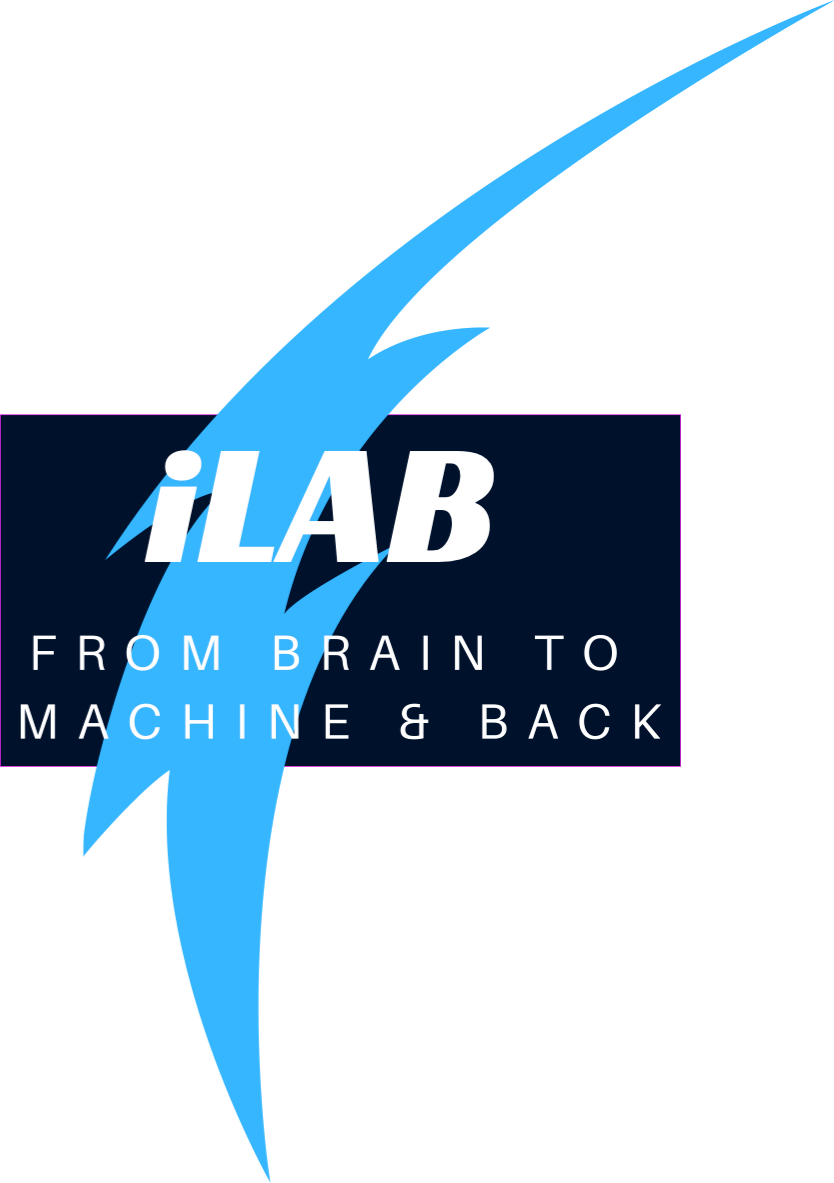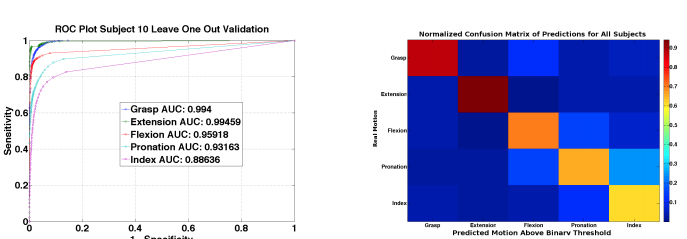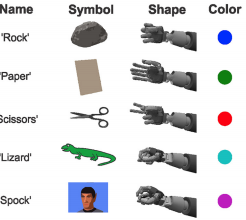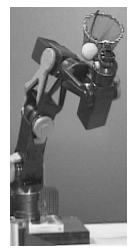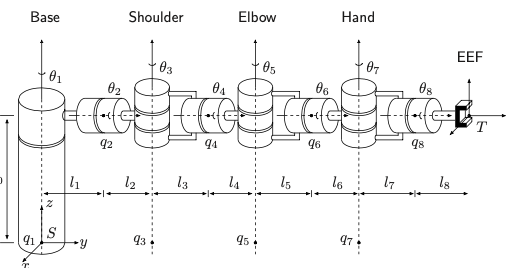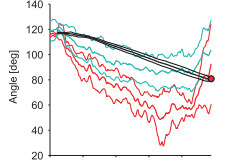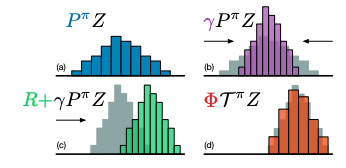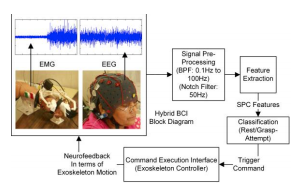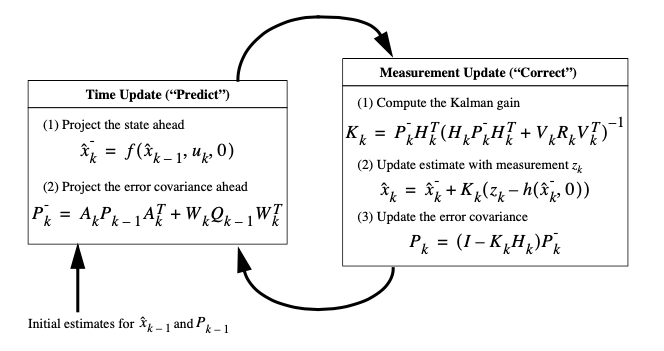Presented on 10.06.2020 by Aline Xavier Fidencio
Category: teaching
Electromyographic (EMG) processing is a vital step towards converting noisy muscle activation signals into robust features that can be decoded and applied to applications such as prosthetics, exoskeletons, and human-machine interfaces. Current state of the art processing methods involve collecting a dense set of features which are sensitive to many of the intra- and intersubject … Read More “JournalClub: Beyond User-Specificity for EMG Decoding Using Multiresolution Muscle Synergy Analysis” »
Humans shape their hands to grasp, manipulate objects, and to communicate. From nonhuman primate studies, we know that visual and motor properties for grasps can be derived from cells in the posterior parietal cortex (PPC). Are non-grasp-related hand shapes in humans represented similarly? Here we show for the first time how single neurons in the … Read More “JournalClub: Hand Shape Representations in the Human Posterior Parietal Cortex” »
In this paper we present a system for catching a flying ball with a robot arm using off-the-shelf components (PC based system) for visual tracking. The ball is ob- served by a large baseline stereo camera, comparing each image to a slowly adapting reference image. We track and predict the target position using an Extended … Read More “JournalClub: Off-the-Shelf Vision for a Robotic Ball Catcher” »
This report describes a mathematical framework based on screw theory to solve the kine- matics and dynamics of an arbitrary open chain manipulator. The configuration of two specific manipulators is described in this framework as an example. For one of the manipulators, a anthropomorphic 7 DoF arm, a closed form solution of the inverse kinematics … Read More “JournalClub: Mathematical Framework for Arbitrary Open Chain Manipulators” »
Objective. Brain–machine interface (BMI) technologies have succeeded in controlling robotic exoskeletons, enabling some paralyzed people to control their own arms and hands. We have developed an exoskeleton asynchronously controlled by EEG signals. In this study, to enable real-time control of the exoskeleton for paresis, we developed a hybrid system with EEG and EMG signals, and … Read More “JournalClub: A hybrid BMI-based exoskeleton for paresis: EMG control for assisting arm movements” »
In this paper we argue for the fundamental importance of the value distribution: the distribution of the random return received by a reinforcement learning agent. This is in contrast to the common approach to reinforcement learning which models the expectation of this return, or value. Although there is an established body of literature studying the … Read More “JournalClub: A Distributional Perspective on Reinforcement Learning” »
Traditionally a Brain-Computer Interface (BCI) system uses Electroencephalogram (EEG) signals for communication and control applications. In recent years different biological signals are also combined with EEG signals to produce hybrid BCI devices to overcome the limitation of lower accuracy rates in BCI. This paper presents a new approach of combining EEG and Electromyogram (EMG) signals … Read More “JournalClub: EEG-EMG based Hybrid Brain Computer Interface for Triggering Hand Exoskeleton for Neuro-Rehabilitation” »
In this paper, a novel self-organizing fuzzy neural network is proposed that constructed by an input–output mapping and monitored by a hierarchy of validity degrees. We define new operators called validification and devalidification to propagate validity into the six layers of proposed architecture. Self-organizing in structure learning is accomplished through a new measure that depends … Read More “JournalClub: Introducing validity into self-organizing fuzzy neural network applied to impedance force control” »
In statistics and control theory, Kalman filtering, also known as linear quadratic estimation (LQE), is an algorithm that uses a series of measurements observed over time, containing statistical noise and other inaccuracies, and produces estimates of unknown variables that tend to be more accurate than those based on a single measurement alone, by estimating a … Read More “JournalClub: An Introduction to Kalman Filter” »
